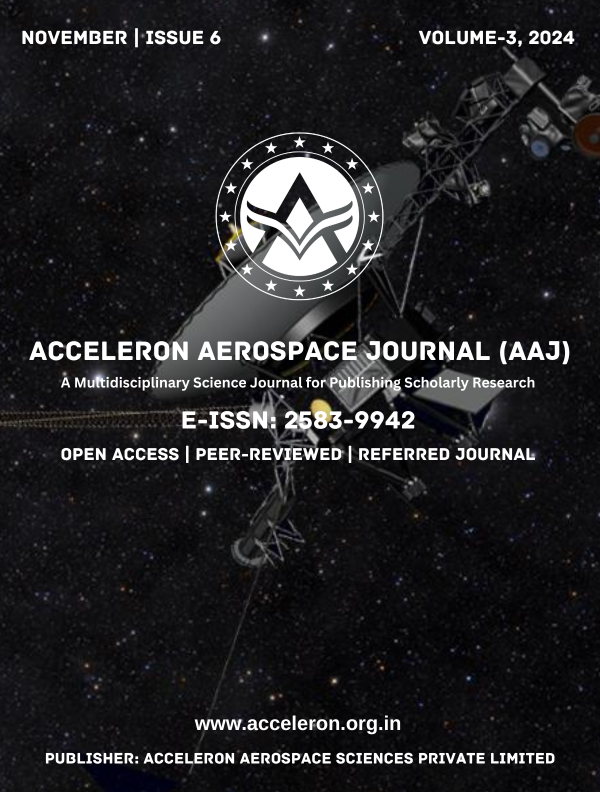Sharp Cone-Broad Cone-Disk: Analytical Solutions in the Tunnel Mathematics Space to the Steady Navier-Stokes Equations in the Area of Boundary Layer for Incompressible Symmetric Flows Entrained by these Rotating Bodies
DOI:
https://doi.org/10.61359/11.2106-2464Keywords:
Analytical Solution, Sharp Cone-Broad Cone Disk, Navier-Stokes Equations, Tunnel Mathematics Space, Incompressible Symmetric Flows, Rotating BodiesAbstract
More than 150 years of history of efforts to solve the Navier-Stokes equation have clearly shown that, applying standard mathematical tools, it is possible to do this in only a small number of simple cases. Therefore, to solve such equations, we can try non-standard methods of mathematical modeling. In this case, the emphasis should be placed not on the mathematical accuracy of the proposed solutions, but on their correspondence to experimental data or solutions to the Navier-Stokes equations obtained by numerical methods. We believe that tunnel mathematics is such a method of mathematical modeling. Main theorem of tunnel mathematics allows us to reduce a system of the steady Navier-Stokes equations to simple ordinary differential equations that give solutions in planes parallel to the basic xy plane. Collecting such solutions, we finally obtain full 3D solution of a system of the steady Navier-Stokes equations. Approximate solutions for a system Sharp cone—Broad cone—Disk in the area of boundary layer can be obtained without use of specific software (including case of turbulent motion of fluid). We get solution for a rotating disk as a limit transition for a broad cone. If such solution will be similar with famous Karman`s solution for a rotating disk (we mean laminar flows), then we could conclude that our theory is successive.
Downloads
Downloads
Published
How to Cite
Issue
Section
Categories
License
Copyright (c) 2024 Acceleron Aerospace Journal

This work is licensed under a Creative Commons Attribution 4.0 International License.
The Acceleron Aerospace Journal, with ISSN 2583-9942, uses the CC BY 4.0 International License. You're free to share and adapt its content, as long as you provide proper attribution to the original work.





